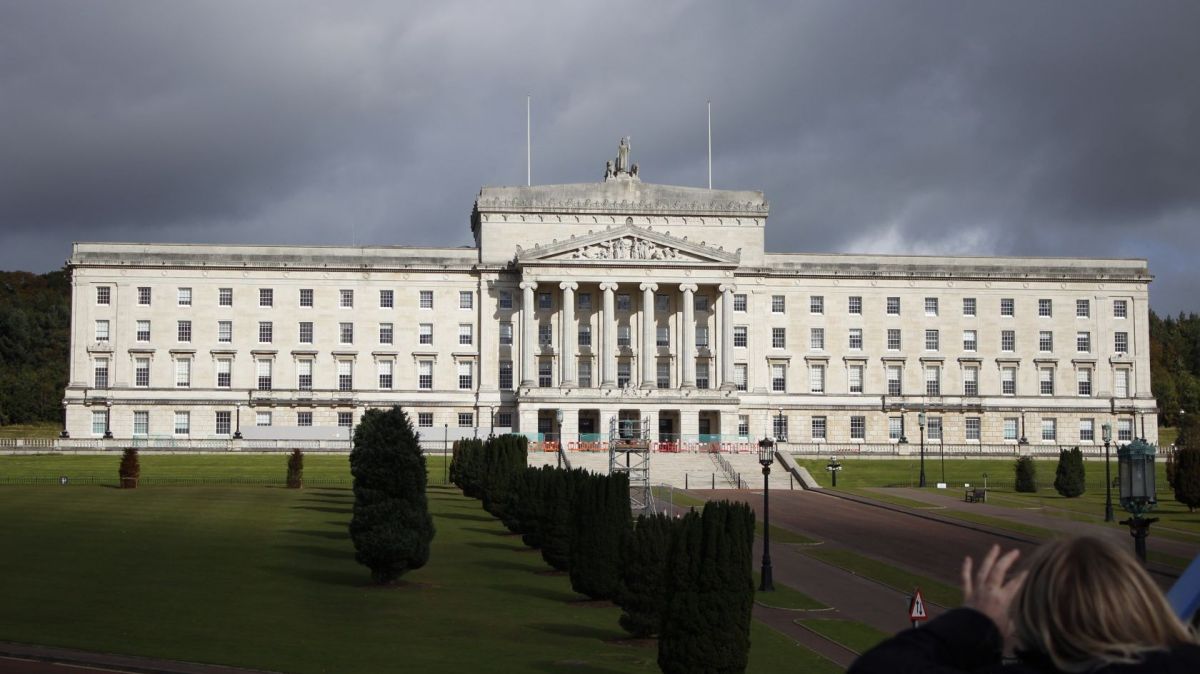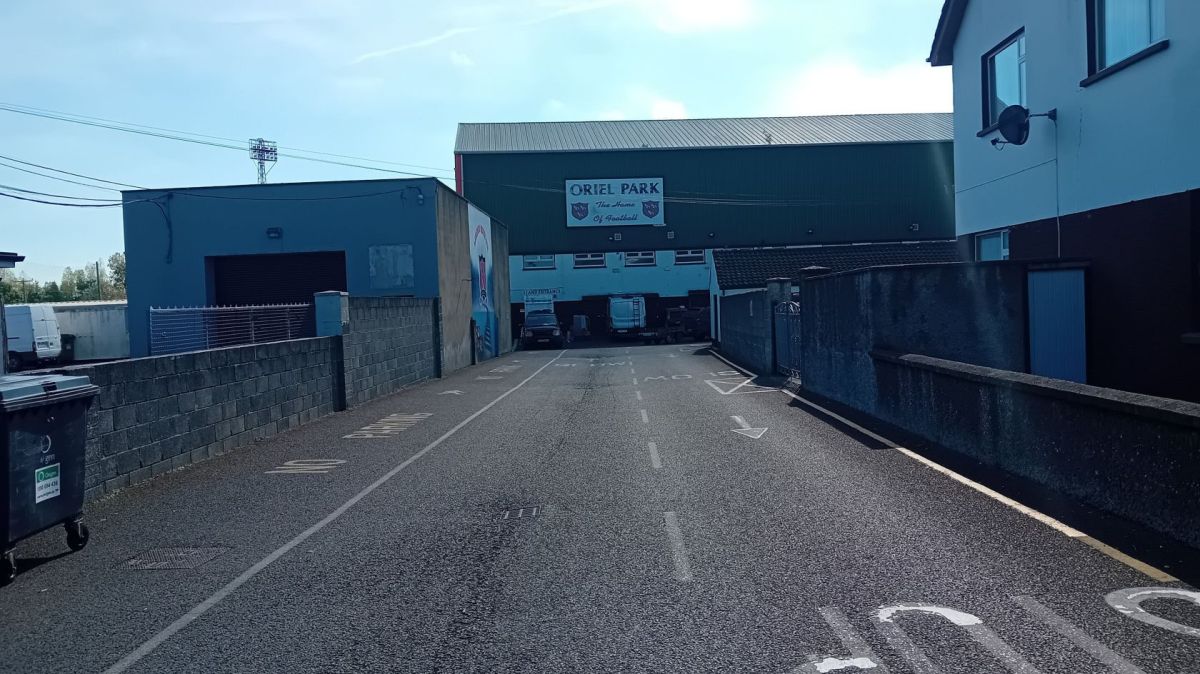In economic terms, a “hair shirt” budget implies austerity and hardship, but the figures tell a different story. The government’s pre-budget report outlines a 6.5% rise in core public spending, tax relief for hospitality businesses, and a staggering €112 billion infrastructure investment plan.
While previous budgets offered direct financial relief to households, like the €250 energy credit during the cost-of-living crisis, this year’s focus is on long-term structural investment through the National Development Plan (NDP).
The NDP is powered by an extraordinary corporate tax windfall, largely from U.S. tech and pharma giants basing their global profits in Ireland. The windfall is now being channeled into critical public infrastructure, after years of underinvestment left the country’s systems straining under pressure.
Top of the agenda is housing concerns. €36 billion has been earmarked for building new homes between 2026 and 2030 to tackle the chronic housing shortage. Another €22 billion will fund transport, including €2 billion to finally kickstart Dublin’s long-delayed MetroLink, first proposed in 2000 and still waiting on approval.
Public skepticism remains, fueled by past failures such as the overdue and over-budget National Children’s Hospital. However, the government points to dozens of successful projects and recent reforms to speed up planning and procurement. However, there remains the fundamental issue of the workforce. Ireland has 177,000 active construction workers, the highest in a decade. Yet government targets will require at least 80,000 more.
With the economy near full employment, the challenge isn’t just funding the project, but finding the people to build them.















